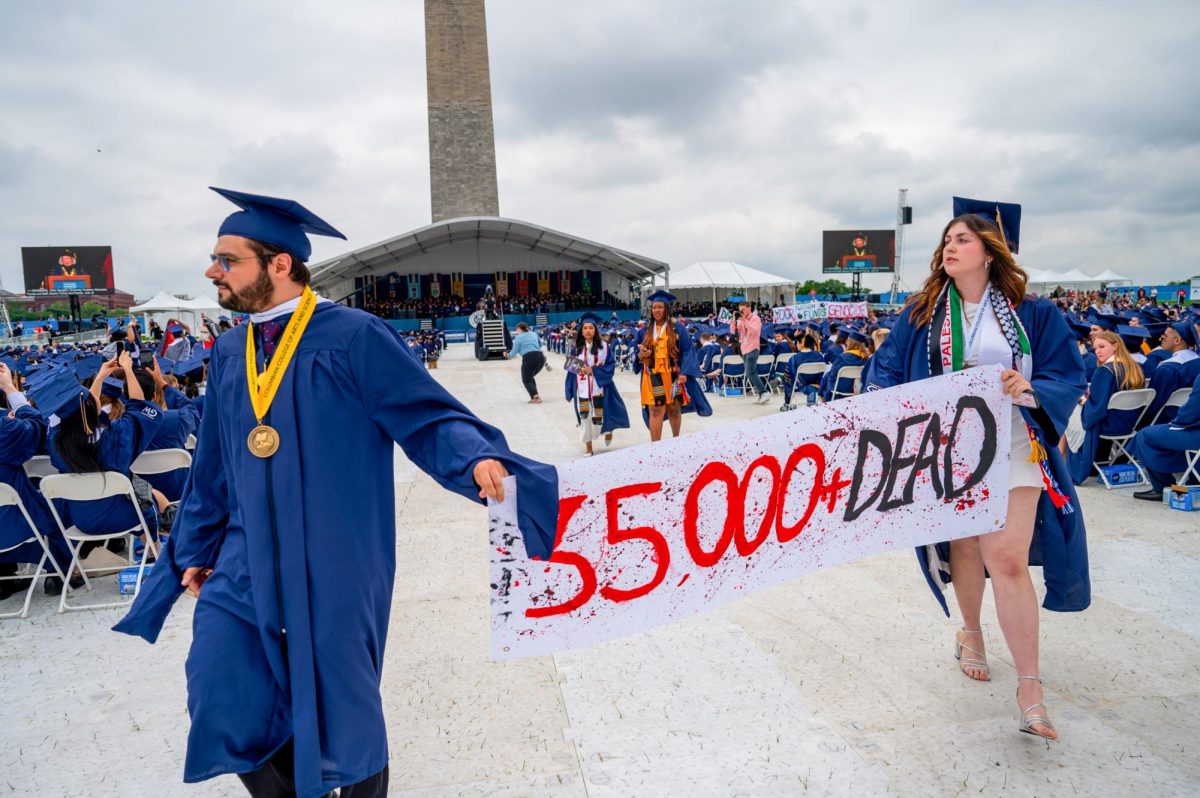Administrators will trek more than 7,000 miles next month to tout the University among students in Arab states, an effort to further diversify an international student population that is currently dominated by a handful of Asian countries.
Admissions officials will embark on a recruiting trip in mid-April to Saudi Arabia, the United Arab Emirates and Turkey to draw in more undergraduate and graduate applicants.
The two-and-a-half week trip is a continuation of a 2010 diversity effort launched by the admissions office, which sent officers to Saudi Arabia, the UAE, Kuwait and Egypt. This visit marks admissions officials’ second trip to the region since Sept. 11 after returning to hands-on outreach programs in the region two years ago.
“We are a global University in the center of the world [and] the center of the United States. There is a desire and a need, and it just makes good sense to have a very diverse international and domestic population,” Associate Vice President and Dean of Undergraduate Admissions Kathryn Napper said.
Universities nationwide moved to increase their international student bodies with the onset of the recession, a shift experts noted would boost revenue because these students are not eligible for federal financial aid. Napper said GW’s recruitment abroad is not financially motivated.
Slavko Bradic, GW’s director of international recruitment, said these three countries were chosen because of growing interest from students and to foster diversity among the international student population.
Total enrollment – including graduate, undergraduate and non-degree seeking students – from Saudi Arabia has crept up in the past five years, climbing by 29 percent to reach 98 students last fall. The kingdom is home to the fourth highest population of international students, far behind China, South Korea and India.
Enrollment from the UAE over the last five years has been relatively stable, varying by only a handful of students, while the Turkish student population has dropped off by about one-fifth over the same period, according to internal data. This year, a total of 59 students hail from Turkey.
Bradic will join Napper and one graduate admissions officer to visit international high schools, speak to school officials and students, meet with alumni and promote the University with international admissions organizations like Education USA – a State Department office that encourages foreign students to study in America.
The administrators’ trip will include 12-hour days of non-stop recruiting, as well as private lunches with guidance counselors and alumni. Much of the recruitment will occur in international American- and British-style high schools, Napper said, as their international attendees are often already familiar with the American academic structure and necessary admissions exams.
The GW representatives will also attend the International Exhibition & Conference on Higher Education in Riyadh, Saudi Arabia as one of more than 400 universities from around the world, just 72 of which are from the U.S.
“It’s very rewarding, because they’re anxious to make a connection to the individuals who represent whatever countries they’re looking to go to school in,” Napper said.
She added that GW already attracts applicants from the Middle East and Turkey, but said this trip provides an opportunity to build relationships that will expand the University’s international reputation, a goal in line with the forthcoming 10-year strategic plan.
Grabbing the attention of international students can be difficult because it requires first convincing them to study in the U.S. and then encouraging them to apply specifically to GW, Napper said. While marketing the University abroad is similar to domestic recruitment, she said business and engineering programs tend to be high selling points among international applicants.
Selin Habbab, a Turkish national who graduated from the Columbian College of Arts and Sciences in 2000 and remains active with the local alumni chapter, said that international students seek foreign schools with strong reputations and prestigious faculty.
“Tuition and housing, of course, are important factors for all students coming from abroad, but more than that, the level of education, the vision of the school and how students benefit from the college once in the real world,” Habbab said.
Habbab added that GW facilitates the transition for international students by hosting multicultural programming.
“It is always a good feeling that your school does acknowledge your culture,” Habbab said.
John Evans, president of the Overseas Association for College Admission Counseling, said that cultural standards often determine the priorities of international students applying to American colleges.
“Cultural norms more than political institutions influence decisions by students and their families towards Western cultures and university opportunities,” Evans said, noting that prospective students’ cultural and religious lifestyles impact where they apply.
This trip follows a trip by Knapp and several administrators to Oman in January – “part of GW’s ongoing efforts to build strong ties with Oman, as well as the broader Middle East,” University spokeswoman Candace Smith said.
Chelsea Radler contributed to this report.






